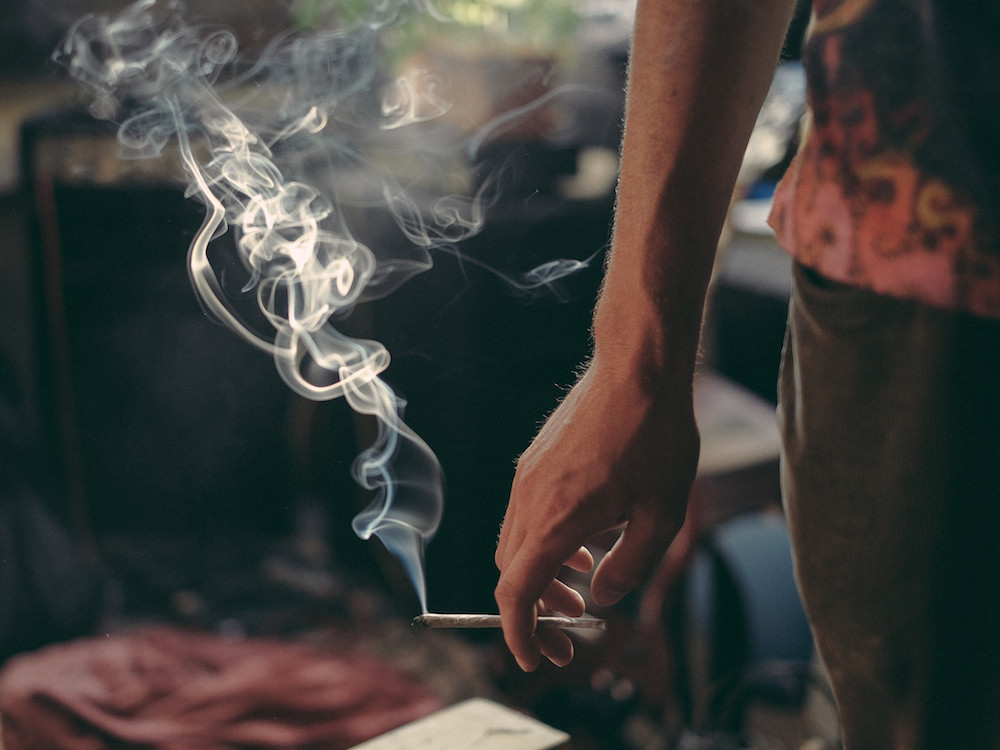
May 10, 2021
420 Folklore vs. The Facts
Growing up, I remember hearing all kinds of hair-brain explanations for 4/20. Most of which were communicated to me by a loud uncle or an older boy with an eyebrow ring. But do you know how this regular, everyday number became so iconic? Dozens of theories have been passed around, but in 1998, only one was proven to be true. Today, we’re going to have some fun separating the folk-lore from the facts.
FOLK-LORE
THE DEATH OF BOB MARLEY
I don’t know how this theory ended up becoming so popular, considering this information is (and always has been) very accessible. Although Bob is maybe, one of the most iconic and influential people in cannabis culture, the date of his passing has no relevance to 420. He died on May 11th 1981.
APRIL 20th IS THE SUGGESTED TIME TO PLANT OUTDOORS
Different climates will always make for unique growing seasons. Here in Niagara, it’s very likely that if you plant cannabis in the ground on April 20th, it will not survive. The date April 20th has no relevance to suggested growing practices (literally anywhere.)
LAPD/NYPD POLICE CODE FOR POSSESSION
This theory is probably the most popular. You can see why it continues to stick with us, as it does sound pretty logical. However, it is in fact, untrue. No radio or penal code has ever officially existed in the NYPD or LAPD that references a cannabis-related suspicion.
DYLAN’S RAINY DAY WOMAN (#12 & 35)
Bob’s official explanation for the song (where the chorus repeats “everybody must get stoned,”) is: While recording Blonde on Blonde, a woman and her daughter came into the studio from the rain. He accurately guessed their ages (12 and 35.) The theory is, if you multiply 12 x 35, it equals 420. Proving the songs encrypted cannabis-related messaging. If true, this would have been about 5 years before the term had been cited otherwise. Bob has consistently denied that the song was in any way associated with cannabis. Most of his band (who also recorded the song) think otherwise. Officially, it's considered a coincidence.
A DICTATOR’S BIRTHDAY?
There have been many attempts to publicly vilify cannabis. I believe this is one of them. Although a dictator was born on this date, it has absolutely nothing to do with cannabis culture. It does mark a different significant birthday, in 1862. Birthday of the FIRST PASTEURIZATION test completed by Louis Pasteur and Claude Bernard. This, unlike any dictator's birthday, is significant in the documented history of 4/20.
THE FACTS
It all started in San Rafael, California. It was 1971 and a group of guys were given a treasure map by a former cannabis grower. They made several attempts to find the abandoned crop and then, would gather as a group at 4:20 pm. They chose to meet at a statue of Louis Pasteur (mentioned above.) And would refer to it as “420 Louis” to keep it a secret. They called themselves “The Waldo’s” (Steve Capper, Dave Reddix, Jeffrey Noel, Larry Schwartz, and Mark Gravich).
Dave Reddix’s older brother Pat was lifelong friends with The Grateful Dead’s bass player Phil Lesh. It suspected that this was where it turned into a worldwide phenomenon. Both Dave, Pat and the Waldo’s crew would use the term frequently among some of the times most influential musicians. I believe it’s that matched with the sensationalism of its secrecy made it a winning combo.
Today, cannabis is legal in Canada. We have no reason to keep anything a secret anymore, so why do we still use it?
As a counter-culture holiday, it’s used to celebrate and better educate. Unfortunately, misinformation is everywhere and in 2021, April 20th is a day for the community to come together, and distinguish the facts from the folk-lore.
As a term, it’s used today as a quick or sometimes sneaky way of connecting with others in the cannabis community. For example, Quintin Tarantino set every clock in his film “Pulp Fiction” to read 4:20. He’s been a supporter of cannabis for a long time now. This is one of the ways he connected his work with the culture.
If you’re curious about what kind of cannabis products are available today. It’s a more exciting world than ever. Years of cultivation and education have helped us arrive at a place where cannabis is safe, legal and ready for recreational use.
Join our mailing list to receive exclusive details on new arrivals, product recommendations, sales, discounts, events and more.
111 Fourth Avenue, Unit 9
St. Catharines, Ontario
(905) 397-4207
310 Garrison Rd
Fort Erie, Ontario
(905) 871-4420
623 Niagara Street
Welland, Ontario
(289) 820-8432
469 East Main St
Welland, Ontario
(289) 820-6370





